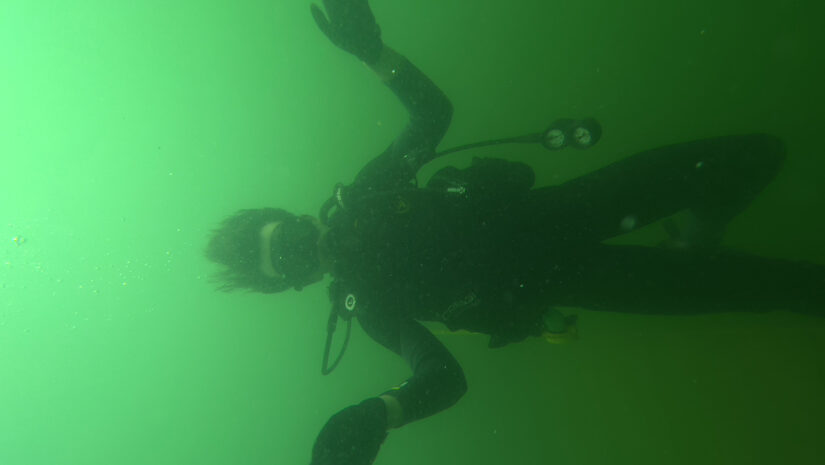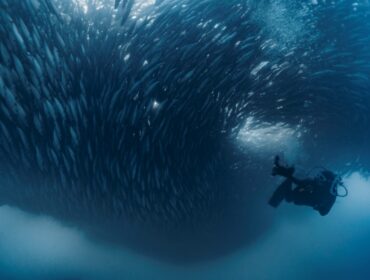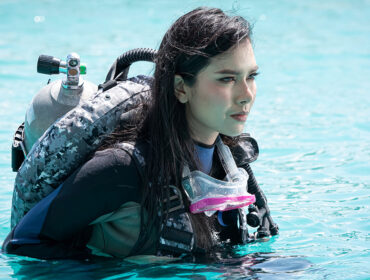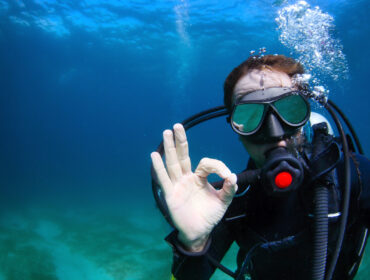What happens when the underwater world fades to black and visibility drops to zero? We’ve been there—the heartbeat quickens as you brace for the dive, every sense sharpening, driven by the hope of bringing answers (and closure) to a victim’s family. For public safety divers, this isn’t a rare inconvenience—it’s routine. Murky, debris-filled waters aren’t just frustrating; they pose real safety risks and raise the stakes in already critical missions. Low-visibility diving calls for more than bravery. It demands precise planning, specialized training, and purpose-built equipment to navigate the unknown safely. There’s no room for improvisation when working blind beneath the surface. Every movement, every tool, and every decision must be intentional.
In this article, we’ll explore the proven techniques and modern solutions that help divers thrive in the dark, turning high-risk situations into controlled, effective operations—and raising the standard for safety and success in low-visibility environments.
For a public safety diver, plunging into cold water on a chilly day is all in a night’s work. The beam of a flashlight barely penetrates the murk; often, you can’t even see your own hand. These divers operate in conditions so extreme that it’s not uncommon for them to dive at a moment’s notice. In zero-visibility, “black water,” sometimes in murky, frigid temperatures or waters polluted with chemical runoff. In such an underwater world of darkness, orientation is by touch and intuition, and the psychological strain of working blind can be immense. Yet when a life is on the line or evidence must be found, public safety divers answer the call without hesitation.
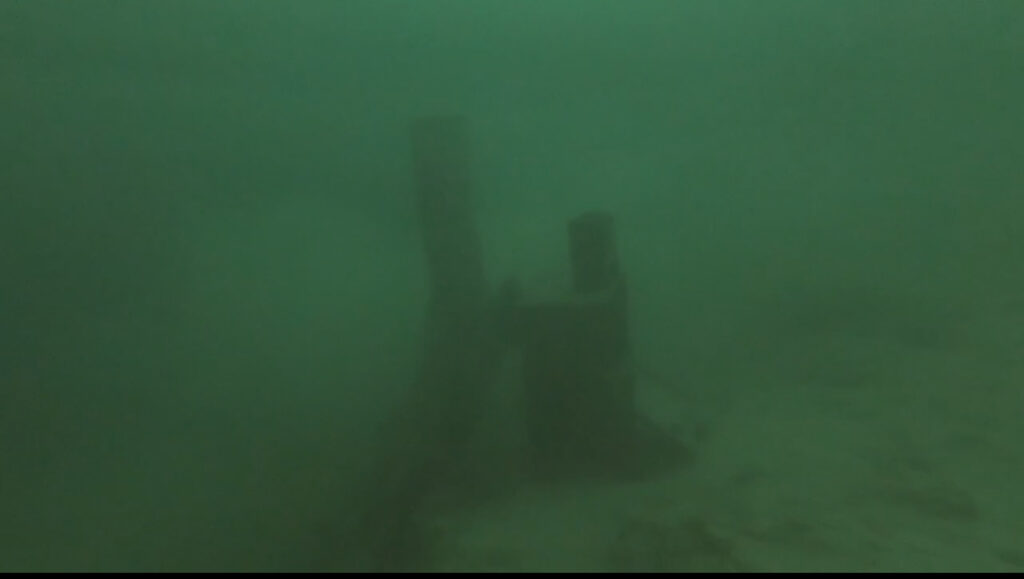
Challenges that Define Low Visibility Diving
Zero-visibility diving presents unique challenges that go far beyond any recreational dive. Standard scuba training doesn’t fully prepare a diver to feel their way through mud and debris in the dark. That’s why public safety divers undergo rigorous specialized training to handle these situations. Every mission starts long before entering the water: careful planning, risk assessment, and clear communication protocols are lifelines for these teams. Often, they rely on a short tethered “buddy line” to maintain contact and prevent teammates from drifting apart in the gloom, along with well-rehearsed search patterns to systematically sweep for their target. Here are some considerations:
- Poor Visibility: At murky depths where light doesn’t penetrate, divers face severe disorientation. Lack of natural or ambient light can make distinguishing details or navigating nearly impossible.
- Communication Barriers: Underwater, clarity in communication becomes a luxury. Misunderstandings can escalate, which can complicate teamwork in crucial moments.
- Buoyancy and Silt Disturbance: Maintaining buoyancy is even trickier when every swift movement can kick up sediment, further reducing visibility and making tasks more challenging.
- Equipment Malfunctions: The reliability of equipment takes on new importance when you’re working in conditions where monitoring systems are often inaccessible.
Facing these challenges requires specific techniques and a willingness to leverage the best of what modern technology offers, all while maintaining a commitment to rigorous training.
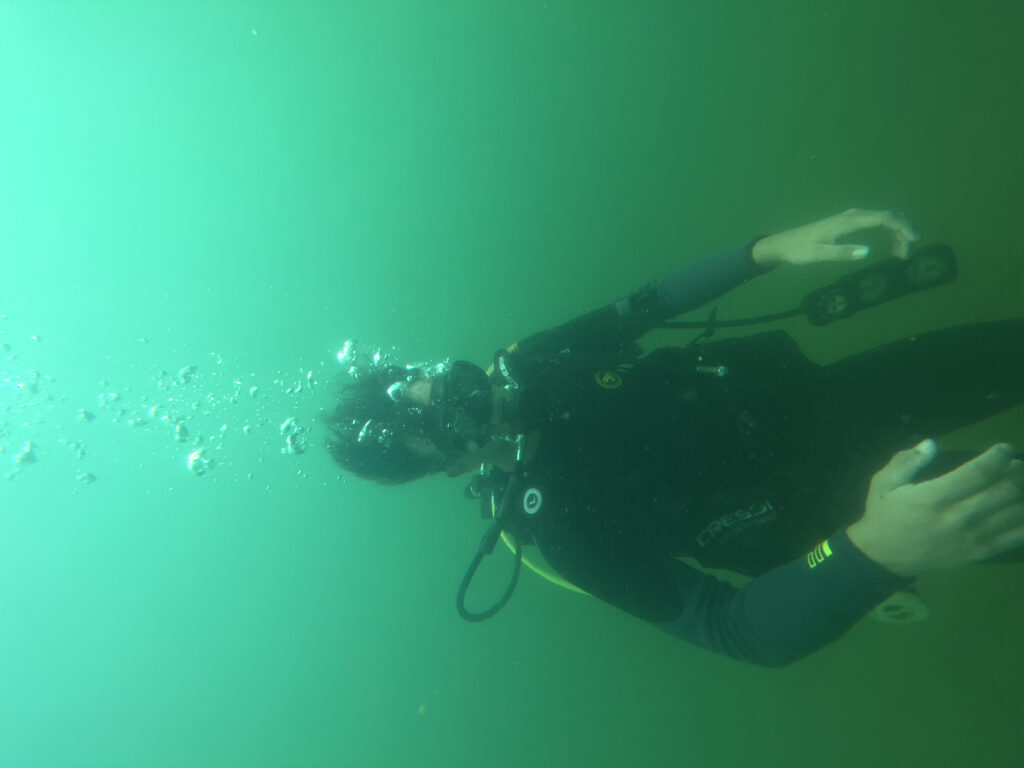
Advanced Techniques for Low-Visibility Success
Behind every successful low-visibility operation lies a toolkit of methodical, proven techniques designed to replace sight with precision and confidence. One foundational approach is the use of tethered guidelines. Basically, strapping a short, rugged line from a fixed anchor point allows teams to maintain contact and orientation even when the water turns pitch black. Paired with standardized line‐signal protocols, this “lifeline” ensures every movement is deliberate and traceable, preventing disorientation and separation in the gloom. Here are the essentials every public safety diver needs in their dive locker:
1. Navigation Even in the Murk
- Tethered Line Diving: Connecting divers to surface support with safety lines ensures both orientation and quick retrieval in emergencies.
- Jackstay Patterns: Systematic fixed-line navigation keeps divers on track in murky water.
- Reliable Compass Use: Using depth gauges and compasses as the backbone of underwater navigation reduces the disorientation that low visibility can bring.
2. Systematic Search Patterns
- Grid Searches: Instead of random sweeps, divers employ grid, circular, or pendulum patterns calibrated to the size of the search area.
- Mapping: By mapping each pass in advance and using tactile markers on lines or the substrate, teams can guarantee full coverage without overlap or missed zones.
- Method: These patterns are most effective when practiced repeatedly in controlled conditions, so divers internalize the rhythm and pace before entering a real incident.
3. Mastering Low-Silt Movement
- Minimizing sediment disturbance is critical.
- Frog Kick Fins: Prevent sediment from being stirred up.
- Controlled Ascents/Descents: Minimized movement reduces silt dispersion.
- Buoyancy Control Devices (BCDs): Reliable BCDs allow you to maintain optimal buoyancy and execute tasks without accidental contact with the seafloor.
4. Optimized Communication Under Pressure
- Visibility loss shouldn’t mean losing connection with your team.
- Tug Signals: Pre-arranged codes using tethers ensure quick, simple communication.
- Full-Face Masks with Communication Systems: Hardwired or wireless systems allow effective verbal dialogue.
- Audible Signals: Knocking on underwater structures or using sound devices keeps divers aligned without seeing each other.
5. Risk Mitigation with Backup Plans
- Every low-visibility mission demands a clear backup strategy and redundancies.
- Buddy Systems: Maintain proximity and safety through pair systems between dive tenders, surface support, and divers.
- Emergency Lights: Main and spare lights ensure visibility, even if your primary source fails.
- Surface Team Retrieval: Have a trained dive tender team ready to assist in case of complications.
The Equipment That Elevates Your Underwater Performance
Proper gear is equally critical — from full-face masks with underwater communication to reliable lights and redundant air supplies, each piece of equipment becomes a literal lifeline in the darkness. With the right training, planning, and equipment, these professionals manage to stay focused and safe where others would be overwhelmed. In the following sections, we will explore the techniques and solutions that enable divers to conquer such murky, zero-visibility environments.
- Lighting That Pierces the Darkness
- High-intensity LED Lights outperform older systems, cutting through the murk. Angling light away from particles in the water prevents reflective glare.
- Sonar-Assisted Navigation
- Sonar devices revolutionize situational awareness with real-time mapping. Handheld sonar units can detect obstacles, structures, or objectives regardless of how opaque the water is.
- Communication-Enabled Full-Face Masks
- Augmented full-face masks allow two-way communication even in zero-visibility situations, keeping both safety and teamwork intact.
- Backup Air and Reliable Gear
- Bailout Bottles act as emergency air reserves, while safety harnesses and tether lines remain non-negotiable elements when navigating hostile or zero-visibility environments.
- Dive Computers with Haptic Feedback: Alerts with vibrations or other signals mitigate over-reliance on visual or audible cues.
- Vivid Colors & Markers
- Brightly colored gear and strobe lights ensure divers remain visible to other team members, even in chaos or debris-heavy conditions.
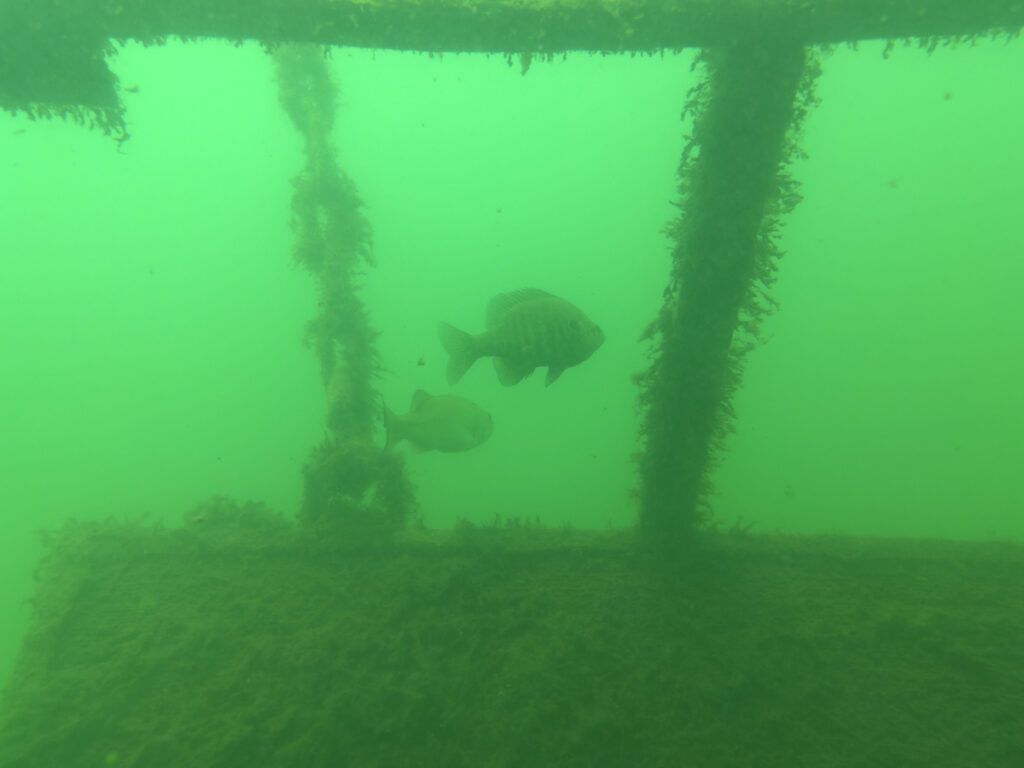
Old-School Meets Future Tech
At the heart of every low-visibility dive we’ve led lies a powerful synergy of time-tested methods and cutting-edge innovations. I still remember the first time we deployed side-scan sonar—watching as the riverbed sprang to life in high-resolution echoes while my hand stayed firmly on the tether line. That moment crystallized how traditional lifelines and jackstay techniques, combined with real-time sonar mapping, transform a blind plunge into a guided, confident search.
We’ve always drilled our search patterns in darkened pools—counting fin kicks, mastering line signals, and trusting our instincts. But when you overlay that hard-earned muscle memory with technologies such as side-scan sonar’s precise imaging or underwater drones, you gain instant situational awareness: grid boundaries, obstacles, and targets all come into focus, even in pitch-black water. Yet technology alone isn’t enough. It’s our years of disciplined training that allows us to interpret the data correctly and move with purpose. Together, old-school skill and next-gen sonar create a level of safety and efficiency that’s greater than the sum of their parts.
Remember: Technology doesn’t replace training and skill development. Instead, it complements and enhances them, providing precise tools for tasks where human effort might fall short.
Diving Beyond the Challenges
Low visibility isn’t an exception for public safety divers; it’s an expectation. It’s the uncharted territory you’re trained to master. But that mastery doesn’t come without preparation, innovation, and teamwork.
These challenges are surmountable through advanced techniques like improved navigation and movement patterns, enhanced communication options, and specialized safety equipment. Add in the growing availability of cutting-edge technology like sonar and ROVs, and the future of low-visibility dives looks brighter, even under murky waters.
Engage with Us!
Are you ready to take your public safety dives to the next level? Check out comprehensive resources provided by reputable training sources and access to state-of-the-art scuba diving equipment for low-visibility operations. Get in touch with us today to learn more about how you can innovate your underwater missions.
Stay informed, stay protected, and stay ready.
References
- https://salem.com/925/Public-Safety-Diver#:~:text=of%20any%20rescue%20group,demands%20of%20these%20underwater%20activities
- https://www.tdisdi.com/erdi
- https://www.nfpa.org/codes-and-standards/nfpa-1006-standard-development/1006
- https://www.nfpa.org/codes-and-standards/nfpa-1953-standard-development/1953
- Hendrick, W., & Zaferes, A. (2000). Public safety diving. PennWell Books.
- Mortimer, D. A. (2005, September). Homeland security & public safety dive teams: how technology can help. In Proceedings of OCEANS 2005 MTS/IEEE (pp. 178-183). IEEE.
- Muhammad, A., Mohammad, W. M. Z. W., Idris, S. R. A., Ismail, A. F., & MUHAMMAD, A. (2024). Knowledge, Awareness, and Practice of Safety and Emergency Response Among Scuba Divers in Malaysia: Questionnaire Development and Validation. Cureus, 16(2).
- Calder, Brian R., Forbes, Bobby, Mallace, Duncan (2007) Marine Heritage Monitoring with High-Resolution Survey Tools: ScapaMAP 2001-2006. doi: https://core.ac.uk/download/72052378.pdf
- Dixon, Trevor R., Ribic, Christine A., Vining, Ivan (1992) Marine Debris Survey Manual. doi: https://core.ac.uk/download/11018421.pdf
- Hall-Spencer, J, Hiscock, K, Munn, C (2009) Scientific divers quantify first known outbreaks of cold-water coral disease. doi: https://core.ac.uk/download/619571830.pdf
- Abu Hassan, Nazrul Azha, Ismail, Adzrool Idzwan, Jamali, Siti Salmi, Widagdo, et al. (2023) Digital Documentation through Underwater Photography Method. doi: https://core.ac.uk/download/599377012.pdf
- Burton, Thomas E., Zimmerman, Kenneth D. (1994) A Single-armed Manta-board as a New Diver-controlled Planing Board and Its Use for Underwater Surveys. doi: https://core.ac.uk/download/11024370.pdf
Additional References
- Crognale, Jacopo, Esposito, Carlo, Gaglianone, Giovanni (2018) Investigating submerged morphologies by means of the low-budget “GeoDive” method (high resolution for detailed 3D reconstruction and related measurements). doi: https://core.ac.uk/download/188827152.pdf
- Lorenčič, Vivien (2022) Seabed Surveillance and Underwater Structures Inspection with Remotely Operated Vehicle − Power Ray. doi: https://core.ac.uk/download/541414490.pdf
- Woods Hole Oceanographic Institution. (1984) Oceanus.. doi: https://core.ac.uk/download/pdf/4513469.pdf
- Calder, Brian R., Forbes, Bobby, Mallace, Duncan (2007) Marine Heritage Monitoring with High Resolution Survey Tools: ScapaMAP 2001-2006. doi: https://core.ac.uk/download/72052378.pdf
- Woods Hole Oceanographic Institution. (1984) Oceanus.. doi: https://core.ac.uk/download/pdf/4513469.pdf
- Escalante-Trevino, Leslie, Santani, Sneha (2018) HapticDive: An Intuitive Warning System for Underwater Users. doi: https://core.ac.uk/download/159487653.pdf
- Tolentino, Erwin Tan (2024) CREATING A MORE CAPABLE SPECIAL OPERATIONS FORCE: INTERNATIONAL LESSONS FOR THE PHILIPPINE COAST GUARD. doi: https://core.ac.uk/download/622815164.pdf
- Dixon, Trevor R., Ribic, Christine A., Vining, Ivan (1992) Marine Debris Survey Manual. doi: https://core.ac.uk/download/11018421.pdf
- Harding, P, Stubbington, R, Terrell-Nield, CE (2007) The first occurrence of the Ponto-Caspian invader, Hemimysis anomala G.O. sars, 1907 (Mysidacea) in the UK. doi: https://core.ac.uk/download/30635009.pdf
- Burton, Thomas E., Zimmerman, Kenneth D. (1994) A Single-armed Manta-board as a New Diver-controlled Planing Board and Its Use for Underwater Surveys. doi: https://core.ac.uk/download/11024370.pdf
- Danesi, W. A. (2025) Advanced deep sea diving equipment. doi: https://core.ac.uk/download/pdf/10297710.pdf
- https://isubc.com/diving-in-zero-visibility-best-techniques-equipment/
- https://www.tdisdi.com/erdi-news/public-safety-body-position/
- https://dan.org/alert-diver/article/low-visibility-diving/
- https://blog.padi.com/tips-for-scuba-diving-in-poor-visibility/

